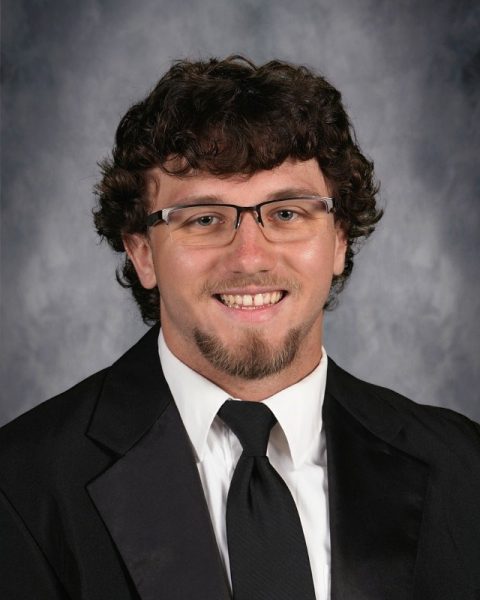Staff Editorial: Opioids pose threat to modern society
As one out of every 66 deaths in Missouri are due to opioid overdose, this state has officially fallen victim to the current opioid crisis. Opioid is a type of substance found in prescription drugs that can affect the neurological condition to induce a “high” state of mind. Teenagers, especially, have become major roles in this statistic and the influence of these easily accessible drugs appear to be going unnoticed by prevailing political and medical figures.
According to the National Survey on Drug Use and Health, over 5 percent of the population has misused opioids they obtained through illicit means. This statistic reveals that 11.5 million citizens out of 92 million have been victims of opioid addiction. Previous studies by the same organization have showed that the current prescription rate is four times the rate fifteen years ago. These stats are more than numbers; they are a testament to how opioid addiction has become an epidemic that must be recognized and monitored by professionals.
“Overall, the results indicate that the medical profession is doing a poor job of appropriately prescribing opioid painkillers,” study co-author Dr. Wilson Compton, deputy director of the U.S. National Institute on Drug Abuse said.
Of those who misused prescription opioids, more than 50 percent got the medications as hand-me-downs from family or friends. Overall, nearly 60 percent of misuse involved taking opioids without a prescription.
“That tells us there are a lot of leftover medications,” Compton said. “In many cases, physicians could write smaller prescriptions, or avoid them completely for those who benefit from ibuprofen or acetaminophen,” for example, Motrin, Advil or Tylenol.
However, what these statistics fail to highlight is the fact that 276,000 of these survey participants are adolescents (ages 12-17) who took part in opioid misuse. American Society of Addiction Medicine states that the most common way teenagers get their hands on prescription opioids is by friends and family giving them away for free, unaware of the repercussions. This ignorance on the subject of Opioids is the biggest cause of unintentional addiction among teens.
This brings to light the complications that arise for students who do require opioids both inside and outside of school. Warsaw High has an established system in which students who require any form of medication are able to get their prescribed doses with the nurse’s assistance throughout the day. Despite this system, a lot of students are still aware of other cases in which classmates abuse opioids. Warsaw High is not an exception to this epidemic.
Global Information Network About Drugs states that morphine is the most potent of all the opioids and is highly addictive. Morphine gained its popularity during the American Civil War, where it was used extensively on injured troops. After the war, over 40,000 soldiers had become addicted to morphine. National Institute on Drug Abuse for Teens reveals that while this drug is common among adults, teens find it much easier to get their hands on Fentanyl – a prescription drug that is 50 – 100 times more potent than morphine. Fentanyl most commonly comes in the form of patches and is used to treat severe ongoing pain (usually associated with cancer).
The history of opioids has no decline in its usage, and this is only detrimental to the health of society as more and more adolescents and adults alike misuse prescribed medication. In society we need to recognize that this is a major drug issue that can be easily mended by following the CDC’s recommendation of limiting access to opioid prescriptions, limiting doses prescribed at a time and altering marketing tactics that mislead viewers into believing that opioids are perfectly safe and dependable. There is no one person to blame for this epidemic, but doctors and patients alike should work together to create a better and safer environment for coming generations.

Ally Estes is a senior with a passion for the liberal arts. She currently attends Warsaw High but plans on attending Graceland University in Iowa,...





